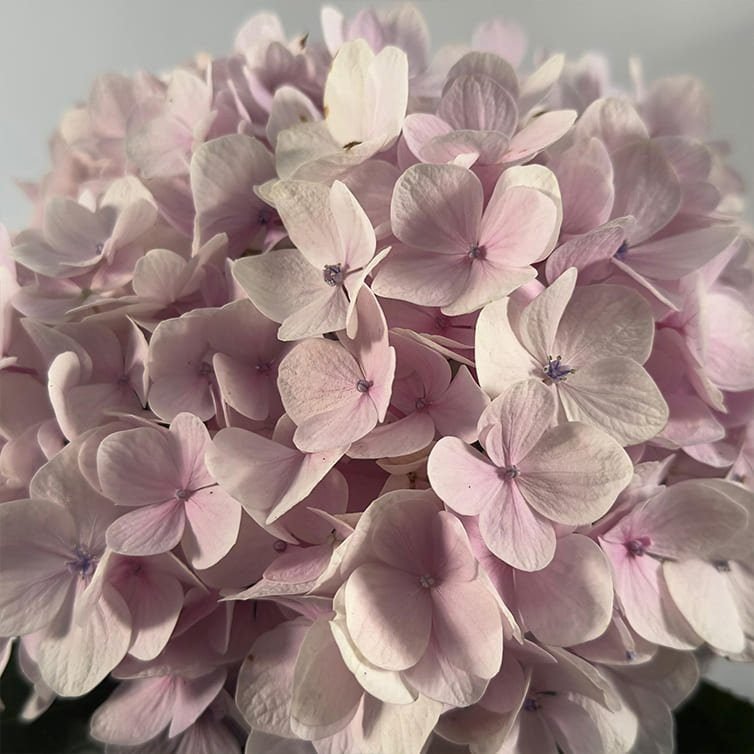No products in the cart.
Hydrangea
RM17.00
Brighten your space with the timeless beauty of Hydrangeas, known for their vibrant clusters of blooms that create an elegant and cheerful ambiance.
Perfect for gardens, patios, or indoor decoration, Hydrangeas are versatile and make a charming statement in any setting.



